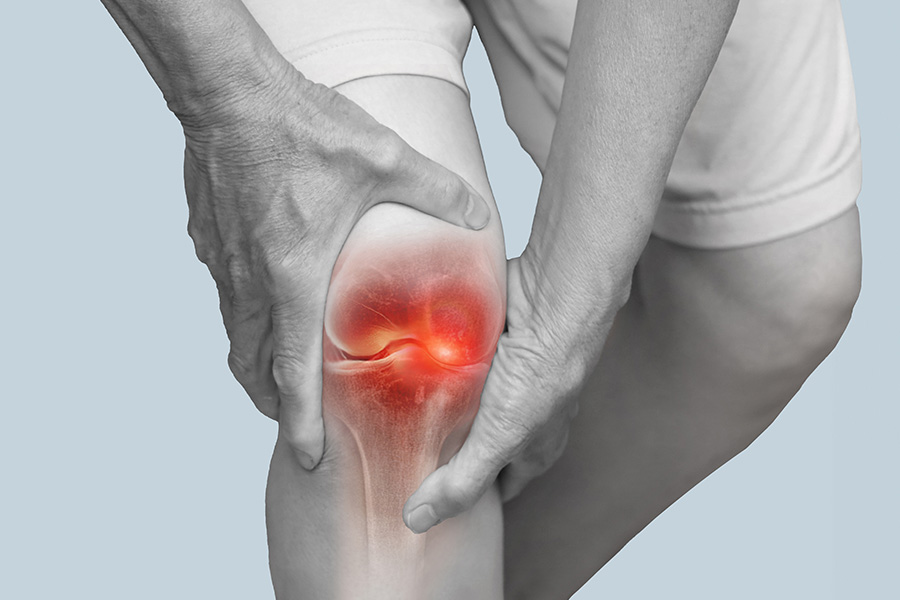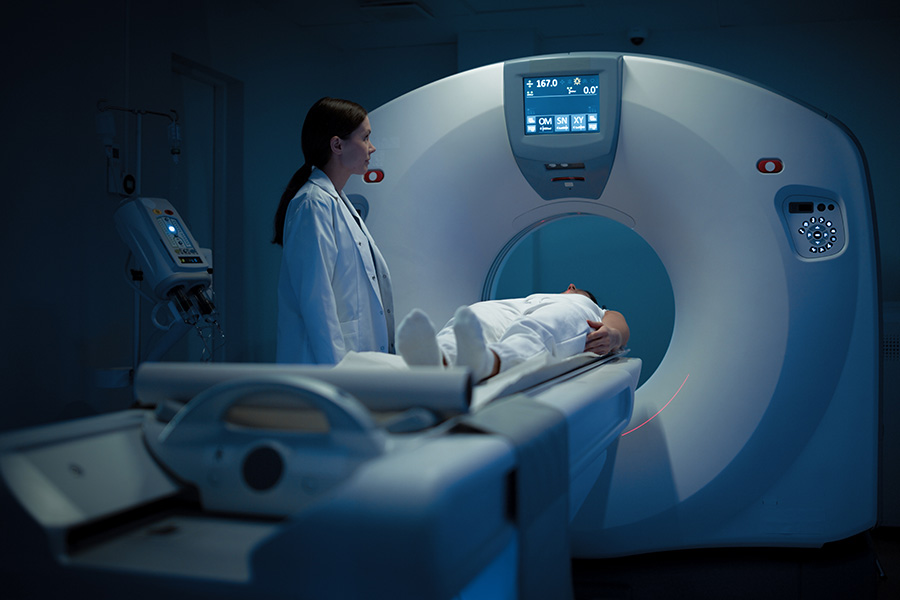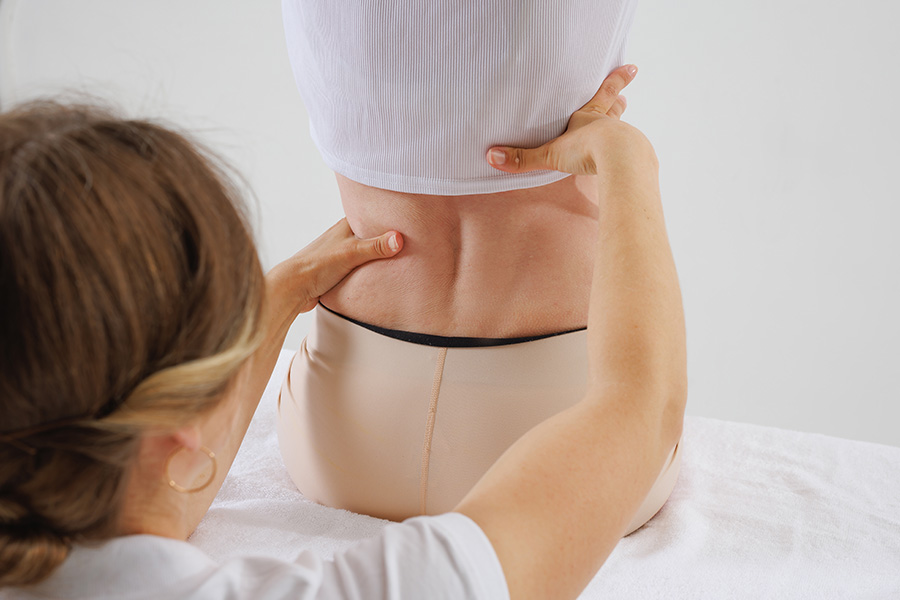Degenerative Disk Disease (DDD)
Explore Our Approach
What Is Degenerative Disk Disease?
DDD is the gradual wear and biochemical breakdown of spinal discs.
It’s part of normal aging—by age 50, MRI changes are present in many people without symptoms.

Pain occurs when disc degeneration interacts with other pain generators in the spine.
Why It Can Hurt
Facet joint arthritis:
As discs lose height, load shifts to the facet joints, which can become arthritic, inflamed, and painful, similar to hips or knees.

Annular tears:
Small tears in the outer ring of the disc (annulus fibrosus) can expose nerve endings and trigger pain before any visible bulge appears.
Axial loading and muscle spasm:
Acute increases in compressive force on the spine, such as from lifting, twisting, or sudden posture changes, can cause painful muscle spasms and strain discs and joints, even without significant structural wear.
Neuroinflammation:
Disc injury or degeneration can release inflammatory mediators that sensitize nearby nerve fibers, compounding pain.
The MRI Trap
Disc bulges, desiccation, and even herniations are common in people without back pain (Brinjikji et al., AJNR, 2015).
MRI findings alone don’t confirm the pain source, and MRI can also miss clinically significant pain generators such as annular tears, early inflammatory changes, or dynamic instability.

Accurate diagnosis requires correlating imaging with a detailed history, physical exam, and provocative testing if needed.
An MSKIR Perspective
Diagnosis is about pattern recognition—identifying whether symptoms arise from the disc itself, nearby joints, ligaments, fractures or referred sources like the sacroiliac joint.

The goal is to find the pain generator and treat it with the least invasive, most durable approach, avoiding unnecessary surgery.
Treatment Goals
Relieve pain through targeted interventions
Examples include image-guided medial branch blocks that target pain from the facet joints, inflammation around the nerves, stabilizing fractures or intradiscal therapies when indicated.

Reduce mechanical strain
Improve posture, ergonomics, and core strength; address leg length differences or gait issues; reduce excessive loading from occupational or sports activity.

Preserve and support long-term spine health
Promote healthy body weight, smoking cessation, bone and joint health, and early intervention for injuries to slow degenerative progression.

Request a consultation » Call today! (918) 260-9322
Office Location
Dr. James Webb & Associates, 6550 E 71st St #200, Tulsa, OK 74133
